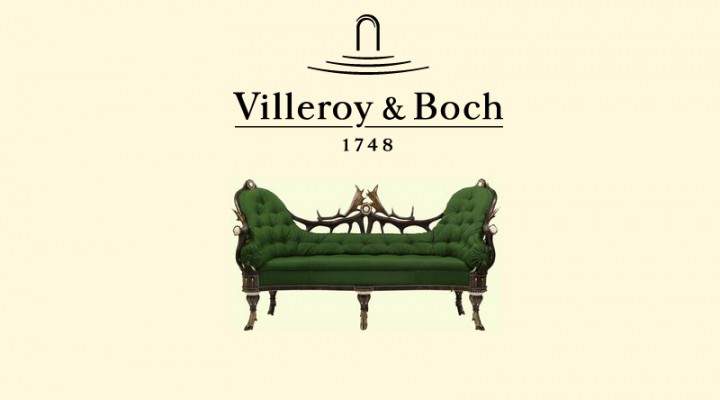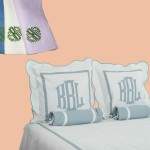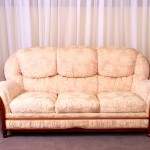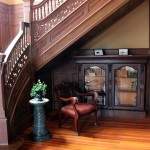Italian style
This newest addition to the company’s bulging portfolio, like all its other products (over 2,500 of them), is completely “Made in Italy”. Right from designing and production to the assembly, all Visionnaire products are created in Italy and delivered to all parts of the globe – to the 20 mono-brand stores, including the one in Delhi, and 450 shop-in-shops spread across 60 countries, to be precise.
Known for adding its own brand of sophistication to its diverse creations – furniture, furnishings, design and fashion accessories-Visionnaire finds inspiration in a variety of influences-fashion, art and architecture, particularly Italian, which include Roman, Baroque and Gothic styles. The company, which has cultivated a stellar reputation in less than 10 years, is one of the few luxury brands that still relies on handmade techniques to create its vast range of products.
And in the tradition of its siblings, the “Prince Albert” too is characterized by bold design and crafted with modern materials, courtesy a small selection of talented craftsmen and artisans.
Completed in approximately 50 man-hours, spanning carpentry, tailoring and upholstery, ir involves rigorous processes combined with skill that take the “Prince Albert” a notch above the Chesterfield. From the handmade pleats that demand military precision to the atpiumni (tufted) treatment, the sofa is a result of the mastery of the craftsmen, an essential element of the manufacturing process. With its unique and flexible process, which is not constrained by rigid industrial methods, Visionnaire’s reliance on artisans’ skills and handcrafting techniques ensures that every piece they create can be customized for a client’s specific need. To this end, since its inception, the company has always promoted, groomed and encouraged artists, creating a pool of enviable talent, and thereby building a brand.
Work product
The making of “Prince Albert” exemplifies these techniques. The real work begins much before the artisans begin the elaborate painstaking process of stitching together a masterpiece-starting with sketching, then prototyping (till the optimal balance of aesthetics, comfort, functionality and ergonomics is reached) and then, finally, producing. The production process starts with creating the wooden frame, made from composites of curved or shaped plywood nailed together. Then comes the all-important source of comfort – the body. This is the process of rubberization, which involves the application of polyurethane foam of different densities, down and memory foam, and a suspension system made with elastic belts under the seat, to couch the sofa seat in comfort. The precisely cur and tailored pillows are also filled with low-density polyurethane foam and memory foam, for softness and durability.
The exquisitely conceived capilotme look rounds off “Prince Alberts” particular charms. Right after rubberization, the craftsman pulls the buttons to de-form the medium-soft polyurethane through the leather to get the “bulge” shape. Once the capilotme look is achieved, the craftsman can breathe easy. All that’s needed now are the distinctive pleats that add that flounce to the throne. Unlike the Chesterfield, the “Prince Albert” is a complete capitmmi structure, with the treatment given to the armrests as well, an extremely complicated procedure, which is a testament to the matchless skills of the artisans.
The sofa is available in three standard sizes and various colours, and can be customized to individual requirements, even in the type of fabrics that can be used for the upholster.
A standout piece that that can make you want to sink back in luxury, “Prince Albert” is royally appealing and yet another representation of Visionnaire’s ability to create classic masterpieces.



















